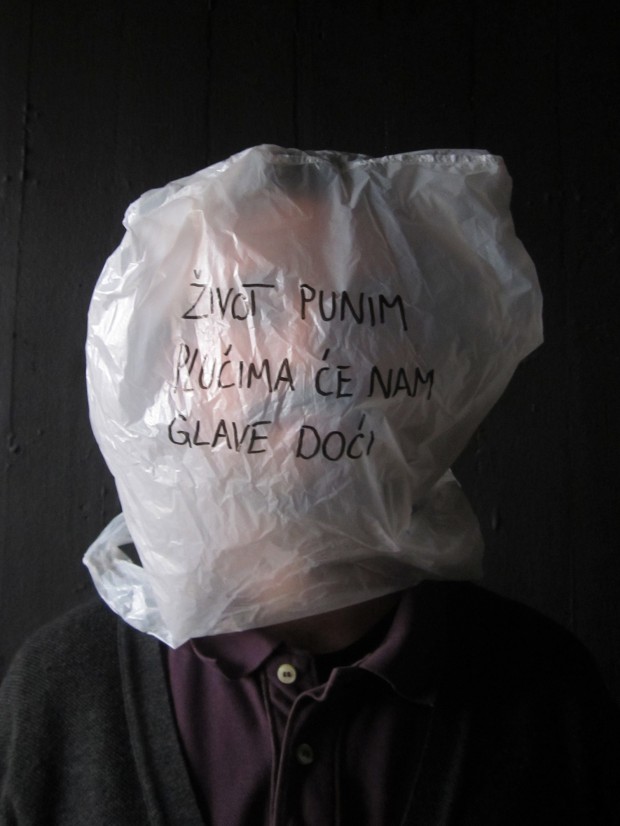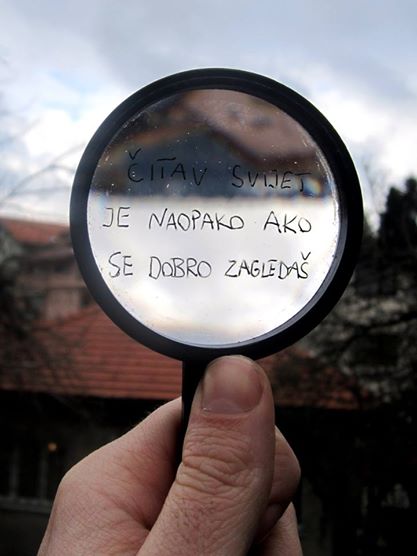Bojan Stojčić
Bojan Stojčić was born in 1988 in Sarajevo, where he also finished his high school education. He enrolled at the Academy of Fine Arts in Sarajevo, graphic design department. He graduated in 2011 with a work called “Discussion With Goya”, which dealt with the relation between drawings and letters. He had his master degree two years later with a series of works titled “On drawing And Letter”. He is a regular member of The Association of Visual Artists of Bosnia and Herzegovina. He won The Award for classic drawing at 16th Annual of Bosnian Drawings; Tolerance – 20 Years Later – Jury Commendation, Exhibition of Student Works, Mostar – 1st Place and The Portrait of Sarajevo – 3rd place.
Solo exhibitions
2012 Exhibit, Gallery Raiffeisen (Sarajevo); 2011 Discussion With Goya, Gallery UDAS, (Banja Luka); 2010 First solo exhibition, Gallery MLAZ (Počitelj).
Selected exhibitions
2013 16th Annual of Bosnian Drawing (Mostar); What I Cannot Know About You (Sarajevo); Sarajevo My Love (Beograd); MINIMUM MAXIMUM (Basel); City Lab (Mostar); 2012 Tolerance- 20 Years Later (Sarajevo); 15th Annual of Bosnian Drawing (Mostar); City Exhibition on 6th of April Liberation Day (Sarajevo); 2011 6th Biennial of Miniature Art B&H (Tuzla); Sprinkles of Time (Zenica ); 2010 International Biennial of Student Poster (Novi Sad); Students Days (Sarajevo); 2009 Works on The Facade of The Historical Museum (Sarajevo).
Writing exercises, various writings, various locations 2013-2014.
Writing is the most practical form of archiving and preserving in time certain ideas and thoughts. Beside purely practical purposes, writing is an attempt to leave a trace by an individual for the times to come. In this series of works I try to leave traces (they are mostly traces with expiration date), in places which I visit and their surrounding architecture. All my writings are in the form of Haiku poetry. Those writings could not ever exist on their own. They only gain their meaning in certain space, which completes their idea. Those writings are sometimes social or political, or both, and yet sometimes they are mere inntimate thoughts on symbolics of certain location or an object. Bearing that in mind, one could say that this work is a kind of a diary in the public space.


